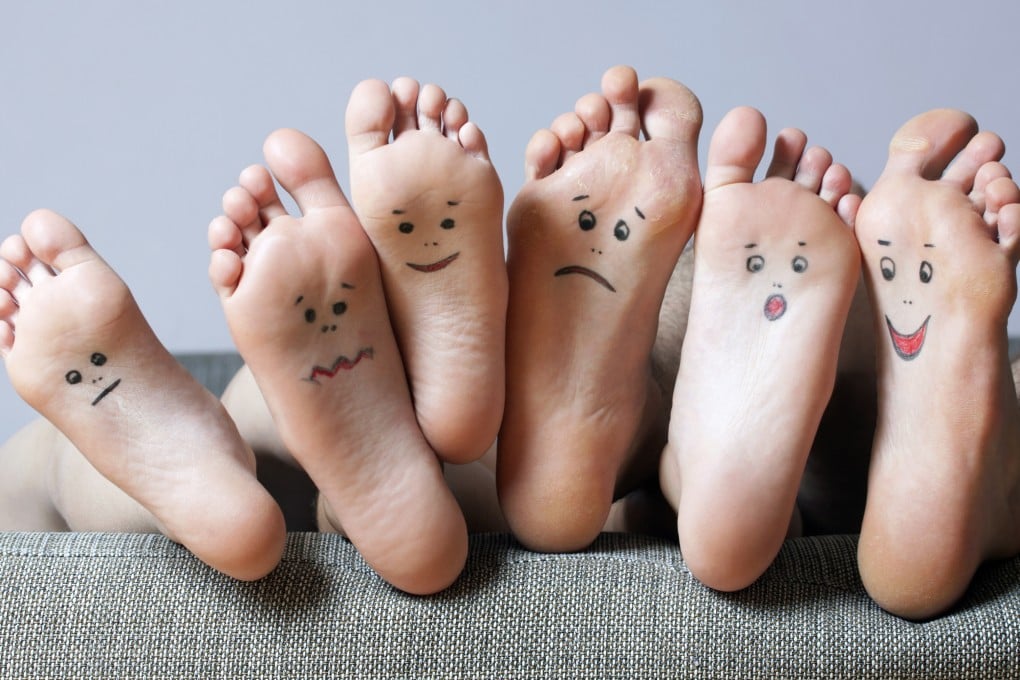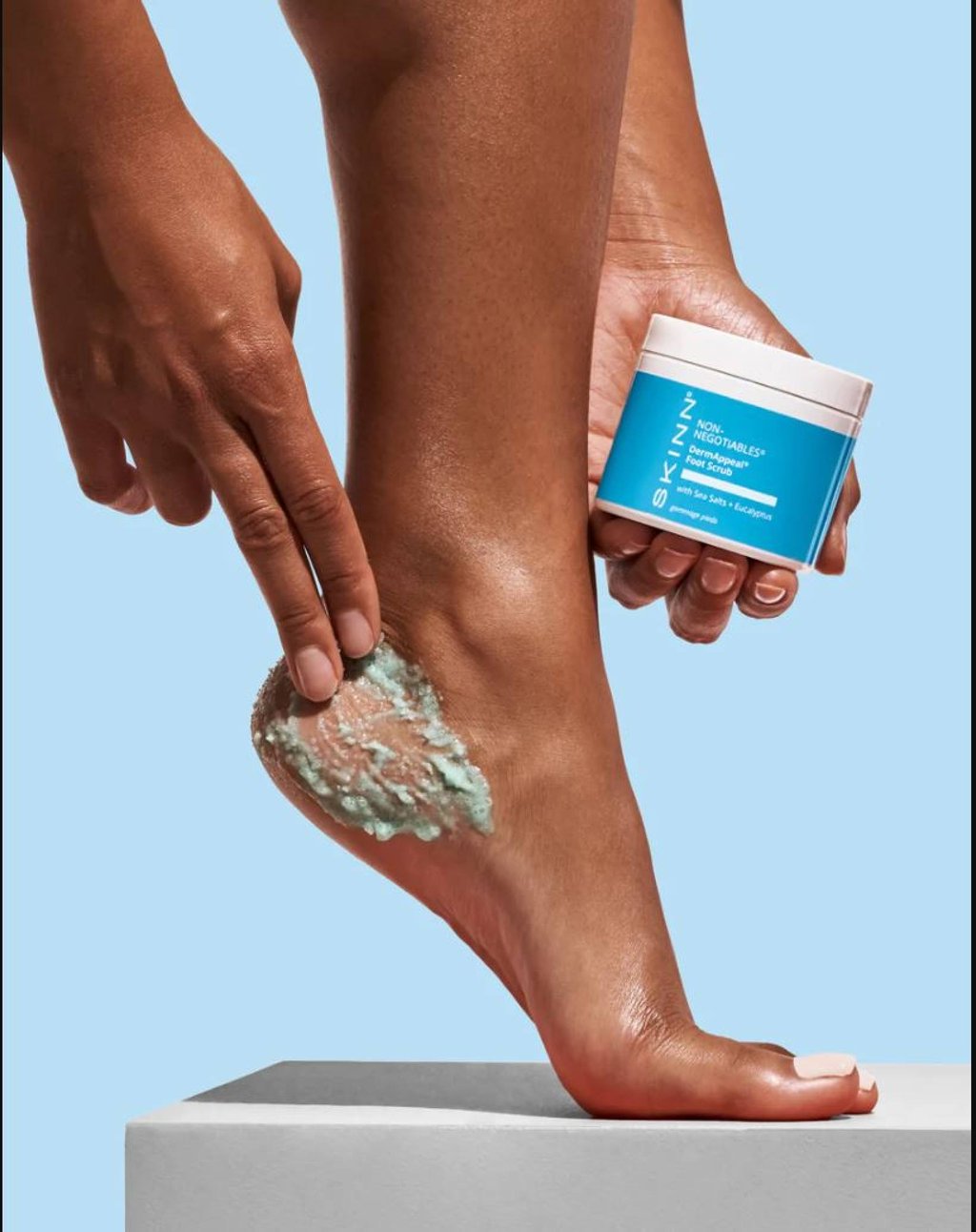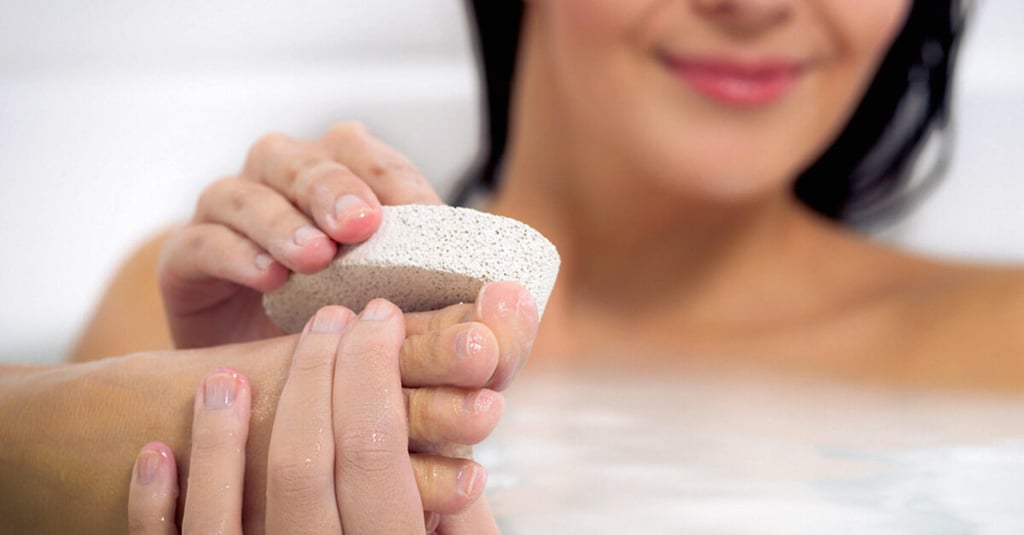Foot care: the products, kit and precautions to take in summer to keep your feet looking and feeling great
- Summer is for sandals and open-toed shoes, but the exposure we get means foot care is important to keep feet healthy and avoid dry skin, calluses and sunburn
- Exfoliation, moisturising and sun protection are key. Make a toolkit with nail clippers, a pumice stone, foot peel masks and oils – and avoid walking barefoot

Summer is synonymous with sandals, open-toed shoes and walks on the beach, but they expose our feet to high heat and hot surfaces. This can lead to dryness, rough patches, and various issues that will affect how your feet look and feel.
Experts recommend upping your foot care game during spring and summer to ensure they stay healthy all year long. If you are not sure how to do that at home, here are some tips and suggestions for products you can use to optimise your foot care routine.
1. Exfoliation is key
Exfoliating your feet once or twice every two weeks is a must to get rid of surface-level dry skin cells that may make your feet feel and look rough. Additionally, once you uncover the healthier skin layer that was hiding underneath, all the products you apply will be absorbed better and faster.

There’s a wide variety of options when it comes to foot exfoliation. Sugar scrubs, for example, are great as a maintenance tool to keep flaky skin at bay.
However, if you’re dealing with dry skin or calluses, a pumice stone or a foot file may be a better option – just remember to apply less pressure when working over soft skin and more when dealing with calluses, so you don’t damage your skin.

Another great choice is a peeling pack: a set of bootee-like masks soaked in a solution that, once wrapped around your feet, will help soften calluses to induce natural skin peeling. The process lasts a couple of days, with the first signs of peeling showing up around day three and continuing for up to 10 days.